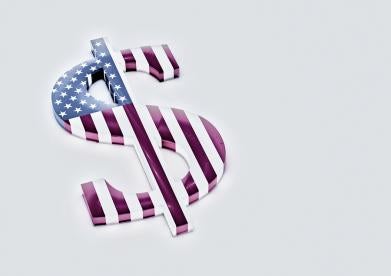Last week the Federal Reserve Board (the “Fed”) issued a discussion paper entitled “Money and Payments: The U.S. Dollar in the Age of Digital Transformation” (the “Paper”). The Paper explores the advantages and disadvantages of the Fed issuing a central bank digital currency (CBDC or digital dollar); key design considerations of such a currency; and seeks feedback from the public on 22 specific questions directed at those topics. Comments are due by May 20, 2022. Given that Congress has indicated its interest in the Paper, digital asset and financial services industry participants should use this opportunity to have their voices heard by the Fed and members of Congress.
The Paper does not take a position on the creation of a digital dollar. Rather, it raises several high level potential benefits and risks of a digital dollar. It is a “first step in a public discussion between the Federal Reserve and stakeholders about central bank digital currencies.” Issuance of a digital dollar “is not imminent.” The Paper does, however, reiterate Chairman Powell’s publicly expressed view that the Fed should create a digital dollar only if Congress clearly authorizes the Fed to do so and the President supports its creation.
The Paper specifies the Fed’s guiding principles in evaluating whether to create a digital dollar:
-
A digital dollar’s benefits should outweigh the costs;
-
A digital dollar’s benefits should be provided more effectively by the digital dollar than alternatives;
-
A digital dollar should complement existing forms of money and financial services;
-
A digital dollar should protect consumer privacy and protect against crime; and
-
A digital dollar should have broad-based support.
To this end, the Paper argues that any digital dollar should be “privacy-protected, intermediated, widely transferable, and identity-verified.” Such a design could “provide households and businesses a convenient, electronic form of central bank money” that would support “faster and cheaper payments (including cross-border payments)” and promote financial inclusion. By endorsing an “intermediated” model, the Fed makes it clear that it would be inclined to distribute digital dollars through depository institutions rather than directly offering such digital dollars to individual consumers: “Under an intermediated model, the private sector would offer accounts or digital wallets to facilitate the management of CBDC holdings and payments. Potential intermediaries could include commercial banks and regulated nonbank financial service providers, and would operate in an open market for CBDC services.”
The Paper also raises concerns that a “CBDC could fundamentally change the structure of the U.S. financial system.” In particular, the Fed is concerned about the following risks: (i) a digital dollar could potentially reduce deposits in the banking system, thereby undermining credit availability and reduce demand for T-Bills and similar low risk assets (particularly if the digital dollar is interest bearing); (i) a digital dollar could encourage runs on financial institutions in times of stress (due to relatively safety and liquidity); and (iii) a digital dollar could change the way the Fed can implement monetary policy. The Fed is also focused on privacy risks and money laundering deterrence as well as cybersecurity and resiliency risks to the Fed’s payment systems.
This is an important moment is the history of digital assets in the US.



 i
i


